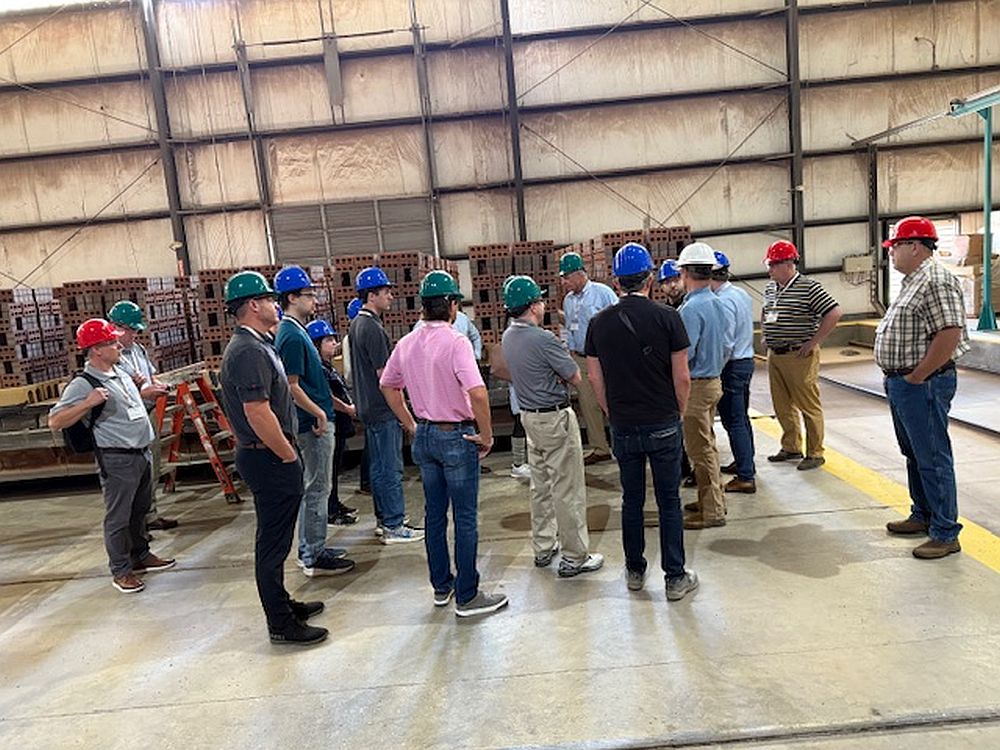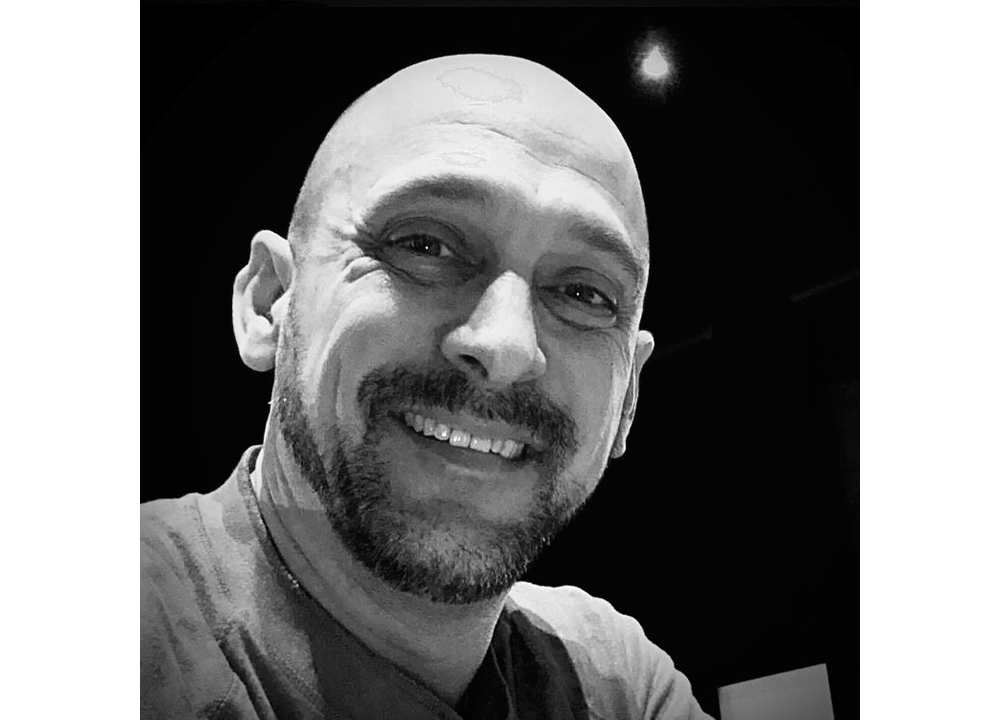
[Image above] 2018 Theodore J. Planje award winner Nancy Bunt with previous Planje award winners. Credit: ACerS
Last week ACerS St. Louis Section and Refractory Ceramics Division (RCD) continued their collaboration to present the Annual Refractories Symposium. This year’s event—the 54th edition—welcomed 220 attendees from 10 countries. A dozen students from nearby Missouri University of Science and Technology also attended with sponsorship from RCD.

Students! Twelve students attended the symposium thanks to support from the Refractory Ceramics Division organized by Bill Headrick (second from left, back row). ACerS president Mike Alexander is in the middle. MUS&T professors Mary Reidhammer (second from left, front row) and Jeff Smith (far right) also came. Credit: ACerS
This year’s theme was “Refractories for the cement, glass, and minerals manufacturing industry,” and attracted 17 presentations. Talks covered topics on a wide range of issues such as failure analysis of cement kiln refractories, refractory repair, combating cement and lime kiln rings, refractory selection and glass furnace maintenance, and comparison of shotcrete bonding systems. (View a pdf of the full program.) Andrew Domann (Bucher Emhart Glass) and Steven Ashlock (Kyanite Mining Corp.) organized the program.
Matthew Lambert, whose term as RCD chair ended with the symposium, says, “There was a good combination of basic science talks—almost classroom style talks—as well as good talks about tools used by industry professionals to develop new products.”
This meeting has grown into the most significant annual gathering of the refractories community in North America. It brings together refractory manufacturers, raw material suppliers, and a handful of academic researchers. St. Louis Section takes care of the logistics and makes the event easy to attend. One registration fee covers the symposium, coffee breaks, conference lunch and dinner, and a table-top expo at a reception.
Many attendees have known each other for years, however, this is a friendly and welcoming community. Part of the friendliness comes from it being a relatively small industry, especially compared to the size of the industry during the mid-20th century. Part of it comes from industry consolidation, creating colleagues out of former competitors. For example, the very recent purchase of Kerneos by Imerys led to a large delegation from the new entity, Imerys Aluminates.

Networking during the table-top expo at the St. Louis Section/Refractory Ceramics Division symposium. Credit: ACers
The Imerys Aluminates gang had particular cause to celebrate—Nancy Bunt was awarded the St. Louis Section Theodore J. Planje Award—breaking a glass ceiling by being the first woman to be thus honored . Whether colleague or competitor, all in the room were delighted for their friend and for the friend to the industry that Nancy is.
In her remarks, Bunt focused on three themes: mentoring, service/volunteerism, and the rewards of working in the refractory industry. “A mentor’s job is to inspire, teach, train, and develop leaders,” she says. Although many of her own mentors were men, there were important women who guided her, especially her mother. Bunt called all women in the audience to the front during her talk to demonstrate the contributions of women to the industry and the value of mentoring. And, in a lovely gesture, she gave each woman two white roses and shared Girl Scout cookies with the audience.

Nancy Bunt called all the women forward during her Theodore Planje award speech. Credit: ACerS
Presentations focused on product development advances, comparisons of additives, tough challenges in refractory repair in at-temperature glass furnaces, and refractory science. The issue of raw materials scarcity is never far these days, either. The shrinkage of key refractory raw materials from China, such as magnesia and brown fused alumina, first developed last fall, has not changed much. Raw material suppliers are redeveloping domestic sources, finding new sources from other locations, or working on developing alternatives.
Because the refractory industry is so tied to the steel industry, I asked several attendees whether the new steel and aluminum tariffs imposed by the Trump administration will impact the refractory industry. Those I talked to say tariffs will help the domestic refractory industry in the short term, pointing to the reopening of two Ohio steel plants, which have placed large orders for refractories with U.S. producers. Long term and international impacts, however, are impossible to predict. “We’ll have to wait and see,” seemed to be the consensus.
Next year the 55th Annual Refractories Symposium will be March 27–28, 2019, again in St. Louis. Next year’s organizers plan to build a program around an aspect of shaped refractories.
View the images from this year on Flickr.
Did you find this article interesting? Subscribe to the Ceramic Tech Today newsletter to continue to read more articles about the latest news in the ceramic and glass industry! Visit this link to get started.
Author
Eileen De Guire
Spotlight Categories
- Division News
- Meeting Highlights
- Section News
Divisions
- Refractory Ceramics
U.S. Sections
- Greater Missouri


